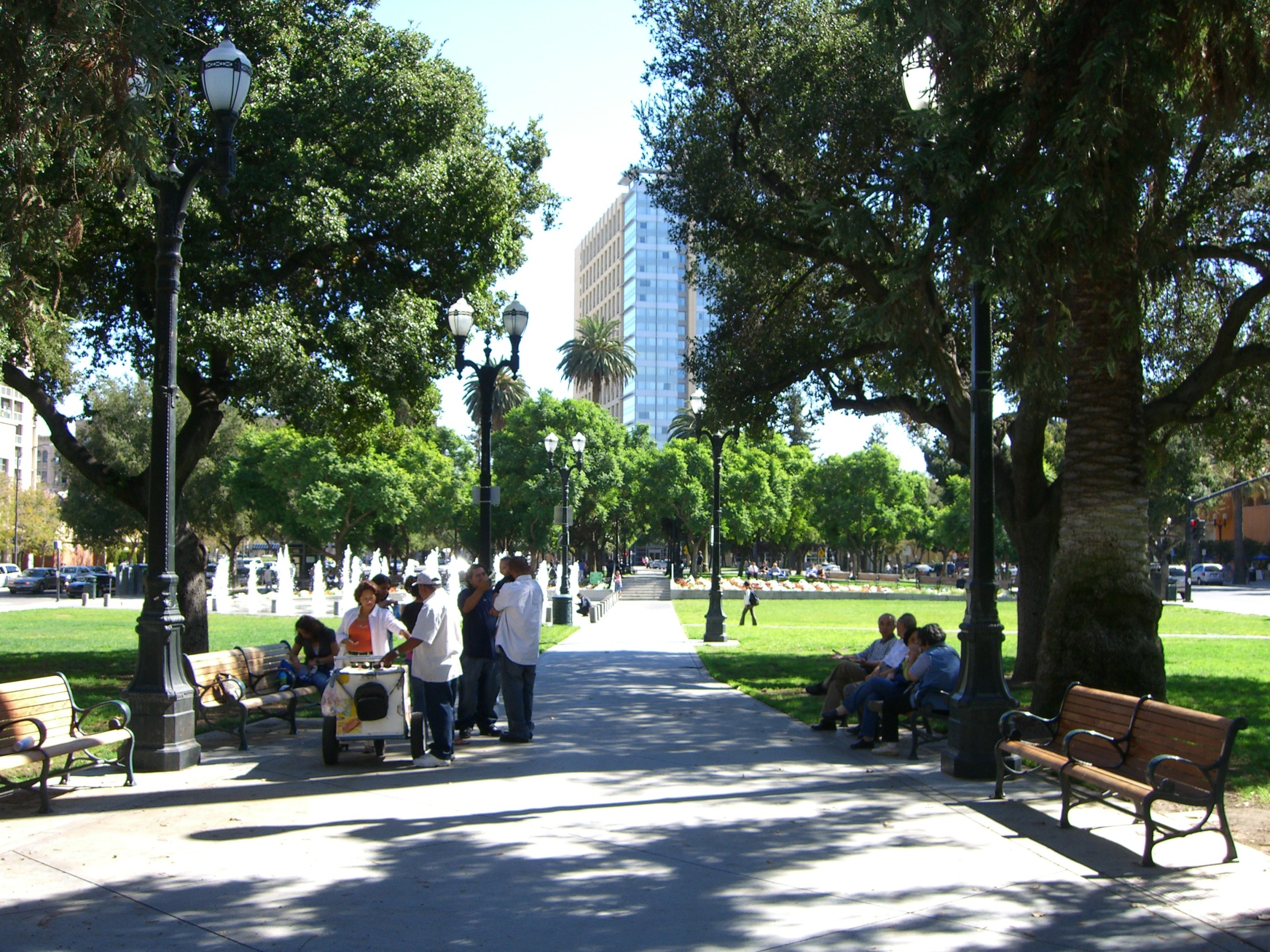
San Jose, California

Aberdeen


The information in our study covers the San Jose-Sunnyvale-Santa Clara, Calif., Metropolitan Statistical Area.
In each community, the Knight Soul of the Community study identified factors that emotionally attach residents to where they live. Some of these community characteristics that drive attachment were rated highly by residents, and are therefore community strengths while others were rated lower, making them opportunities for improvement. This information can provide communities a roadmap for increasing residents’ emotional attachment to where they live, which the study found has a significant relationship to economic vitality.
Despite continuing economic challenges, attachment to the San José area remained basically flat in 2010.
Related Links
In the San José area, social offerings (entertainment infrastructure, places to meet people, community events), aesthetics (an area’s physical beauty and green spaces) and openness (how welcoming the place is) are the most important factors emotionally connecting residents to where they live. There were no significant changes in the overall perceptions of these key drivers in 2010 from 2009.
Aesthetics, particularly the parks, playgrounds and trails, is perceived as a community strength.
Social offering and openness need improvement to further attach residents to the area. In regards to openness, residents see the area as most welcoming to immigrants and least welcoming for young talent, although both groups were perceived as significantly less welcome in 2010.
There was a significant increase in perceived welcomeness to seniors. In social offerings, the availability of social community events is rated highest while residents caring about each other is the lowest rated aspect.
Ratings for the local economy increased in 2010; however, the economy is still not a key factor emotionally connecting residents to their community.
Thoughts on the findings in San Jose
By Dave Mills, 2010 San Jose Program Director, Knight Foundation
The Gallup organization has just released the second installment of a three-year study designed to pinpoint what drives loyalty within a community and explore the potential connection between attachment to place and economic vitality. Last year, we learned that roughly one in four San Jose residents (28 percent) were not attached to this place, 42 percent were neutral and 29 percent were attached.
(Two brief research caveats here: “San Jose” for this study means the San Jose MSA, which comprises all of Santa Clara County. The Gallup organization uses a composite measure that includes loyalty to place and passion about the place to derive “attachment.”)
Anyhow, between last spring and this spring, the data were collected. Between late February and April of this year, we experienced the great recession. So, what impact might that have on the results? The answer, surprisingly, is very little. Indeed, 32 percent are not attached this time around, 40 percent remain neutral, and 29 percent are attached.
What does this all mean? Well, the fun in any study of this nature is in interpreting the findings. My interpretations are grounded in understanding the critical issues. Last year, 22 percent cited affordable housing as the most pressing issue facing the community, 15 percent said traffic and congestion, 15 percent mentioned the cost of living, and 13 percent cited gangs and violence. Nothing else was mentioned by more than 10 percent of the respondents.
So what about this year? The percentage of residents citing lack of jobs as our community’s most pressing issue jumped from 4 to 17 this year. Not a surprise, really, but certainly supporting evidence that Silicon Valley is not immune from the national employment malaise, and that we feel every bit of the record unemployment rate in the state of California. Aside from jobs, the most frequently cited issues remain the same. I infer from this that with or without a job, most of us feel this is a great place to be.
How does this compare to other places? Well, the study was conducted in 26 communities across the country and for comparative purposes Gallup looks at San Jose in the same cohort as St. Paul, Minn., Palm Beach, Fla., and Charlotte, N.C. Statistically speaking, there are no differences regarding attachment to place between us and the aggregate of those other three communities.
One detail I find particularly interesting concerns the elected leadership here. Last year, just 8 percent of respondents “agreed strongly” that elected officials represent their interests, and only 10 percent gave a “very high” rating to the leadership capacity of our area’s elected officials. These numbers are virtually unchanged this year (9 and 11 percent, respectively). Is this good news or bad? Neither, I think. I often wonder if it’s possible that in Silicon Valley we don’t expect the government to improve our situation? I certainly hope that’s the case.
Finally, community engagement is something we talk about a lot at the Knight Foundation. While there are thousands of viewpoints about what this means, the implications of more- or less-engaged communities, and how we will know when we get there, I choose to believe we’re attached to this place – at whatever levels we are – because of the aesthetics, the opportunities, the people, and yes – even the weather. Some of the data support these points, but even when they don’t, I still believe that regardless of cyclical swings in employment, crime, traffic, or the cost of housing, we’re here because we want to be. In my mind, that’s a good thing and is as it should be.